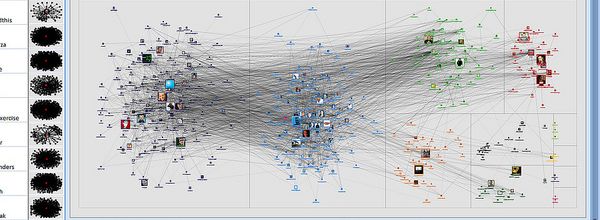Why do we need scientific collaboration? There is no science without collaboration: science is incredibly social. When you publish a paper or even a conference abstract, you collaborate with editors or a committee to produce an outcome (successful journal or scientific event) together. So, you have to understand the principles of collaboration even if you like to work alone.
What is collaboration? It’s an agreement about respective contributions (yours and others) made for a shared joint result. How do you find a way to collaborate? Think of possible win-win relationships that could help solve your scientific task. Don’t think your scientific partners need only measurable outcomes like publications; they may also be driven by pure interest in the scientific questions you propose. But have possible publications in mind, too. :)
How to Start a Scientific Collaboration
If you are interested in starting a collaboration, focus on the interests of the person(s) you would like to collaborate with. Think about how they would benefit from working with you. There is a simple rule: the more reliable and beneficial deal you offer, the better chances you have of starting the collaboration. A young researcher will be more apt to start anything that seems promising (or even crazy!) while more experienced professors usually look for reliable “deals” ending with publication.
You have an idea of a promising joint experiment? Think it over, write an email, think again, edit the email, and press “send”. “Thinking over” should include critical evaluation of your own idea and checking the literature for relevant papers (that you could cite in your email).
Don’t Be Afraid of Rejection
Sometimes your collaboration plan just won’t work. People may not need what you thought they did. Perhaps your offer is not that reliable and/or not that “beneficial” compared to the current projects of the person you approach. So, get ready for denials and don’t worry. A high percent of denials is as normal as negative results on the bench.
Solving Conflict in a Scientific Collaboration
What kind of conflict is the most frequent in collaboration? In my experience, this is a conflict of priorities. For both sides, the joint work may be a secondary activity that doesn’t have enough attention. How to solve this problem? Accept this situation as normal. Try to discuss critical outcomes and deadlines good for all sides, try to understand why your colleagues’ tasks have higher priority than your joint project, and try to fix it if possible.
Sharing the results is usually means sharing authorship. Authorship is determined by rules about involvement in the acquisition and analysis of data, drafting of the manuscript, provision of resources, and supervision of other authors. The International Committee of Medical Journal Editors (see medical journal editors’ rules) and scientific organizations (see NIH rules) are also good resources for determining authorship. But, above all, the most relevant for you should be the rules of the journal where you submit a paper (if provided).
Remember that joint work helps you build your network, offers you new opportunities, invites others to give you the feedback on your results, and lets you develop your soft skills (including, for instance, negotiating and conflict management). So, starting a collaboration is quite interesting and useful experience.
Do you have any more tips on how to make the most of collaborations? Let us know in the comments below!







